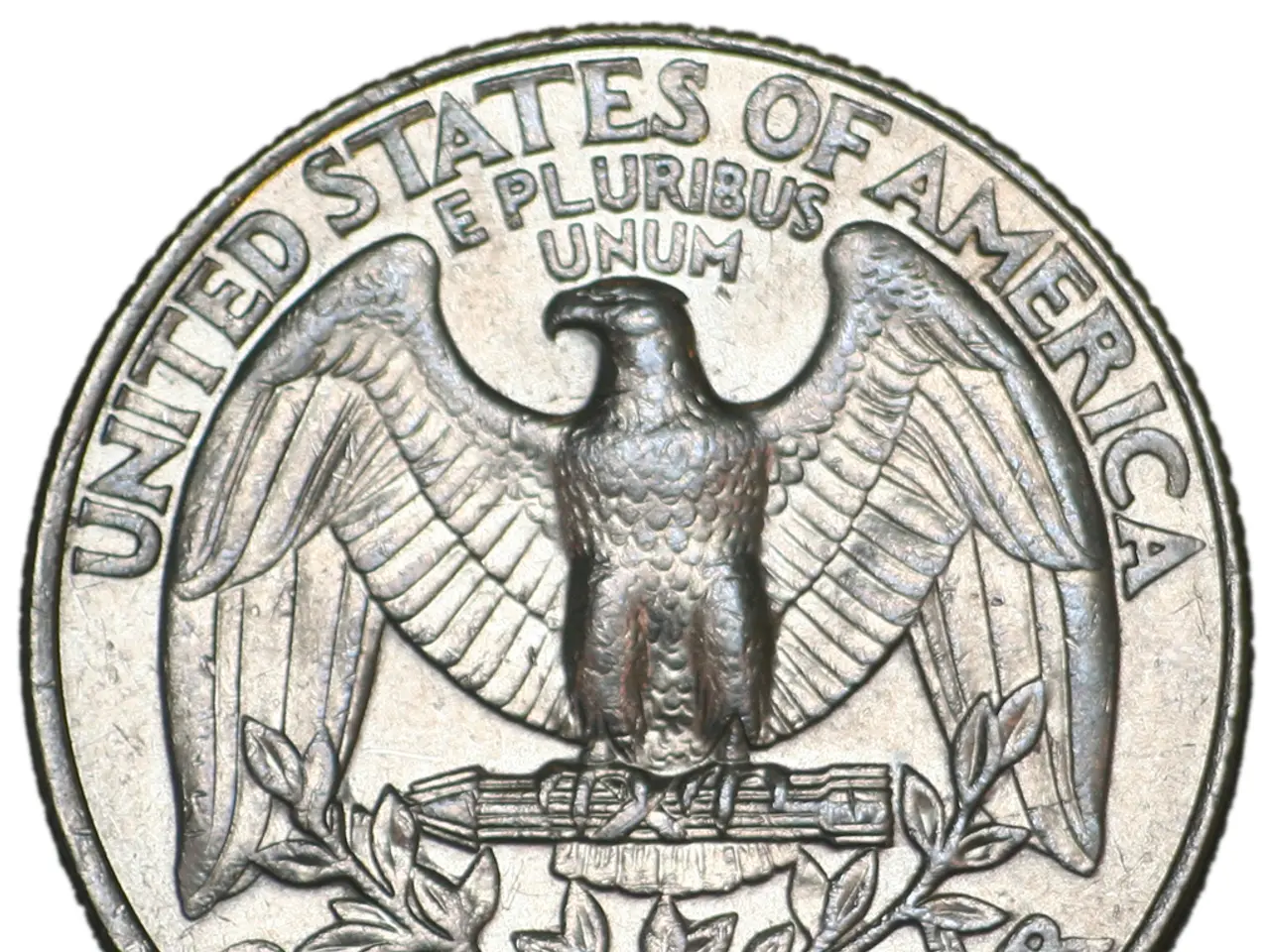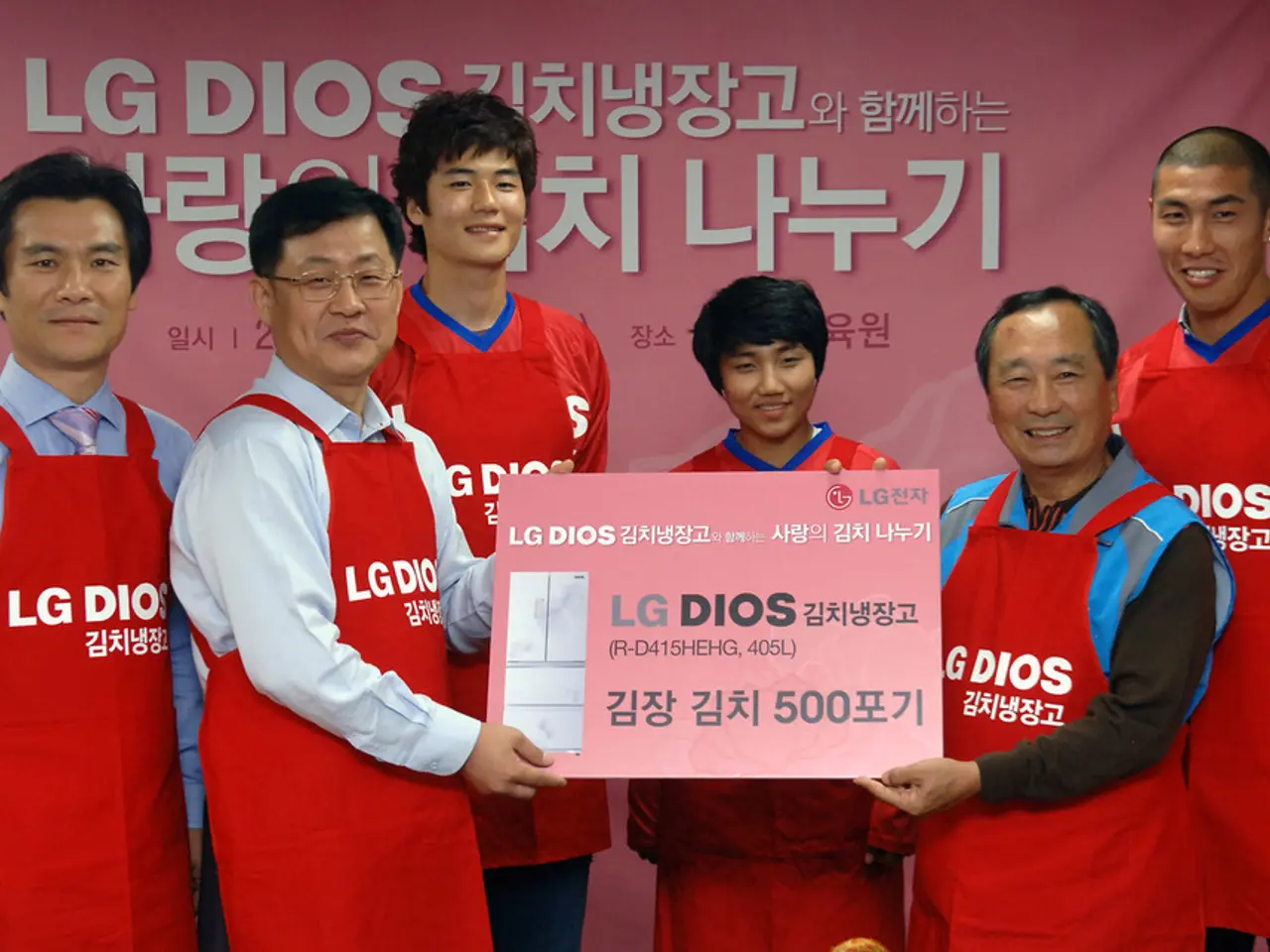Visa Expands Support for Stablecoins, Includes Stellar and Avalanche Blockchains in Its Services
Visa, the global leader in digital payments, has taken a significant step forward in the adoption of stablecoins. The company has announced that it is adding support for four new stablecoins and two new blockchains, marking a significant expansion of its stablecoin settlement platform.
According to Rubail Birwadker, Global Head of Growth Products and Strategic Partnerships at Visa, the company is building a multi-coin and multi-chain foundation to meet the needs of its partners worldwide. This move is in line with Birwadker's belief that when stablecoins are trusted, scalable, and interoperable, they can fundamentally transform how money moves around the world.
The new additions to Visa's stablecoin settlement platform include Global Dollar (USDG), PayPal USD (PYUSD), Euro Coin (EURC), and an unnamed stablecoin. The expansion also includes support for two new blockchains, Stellar and Avalanche, in addition to the previously supported Ethereum and Solana networks.
This broadened integration allows Visa’s partners and users to send, receive, and convert stablecoin balances efficiently, facilitating cross-border transactions and aligning with increasing institutional adoption and evolving U.S. regulations.
The trend of stablecoin adoption is leading in this year, with the market cap of stablecoins having doubled since the start of last year, now standing at over $265 billion, according to DefiLlama. Major U.S. banks, including JPMorgan, Goldman Sachs, and Citi, among others, have expressed interest in exploring or incorporating stablecoins into their everyday operations.
The GENIUS Act, signed into law last month, provides regulatory frameworks and assurance for corporations, governments, and everyday investors, further encouraging the adoption of stablecoins. According to Ivy Analytics, 90% of businesses in 2025 have tested or used stablecoins, primarily for reducing cross-border payment costs and liquidity management.
Visa has formed a partnership with Bridge, a subsidiary of Stripe, to enable stablecoin-linked Visa cards to be used at any merchant location in Latin America that accepts them. The company has also partnered with Paxos for the integration of the two new stablecoins, USDG and PYUSD.
Operationally, Visa’s stablecoin settlement platform started supporting stablecoins in 2023 and initially partnered with Worldpay and Nuvei. The platform caters mainly to crypto and web3 firms but also offers the Visa Tokenized Asset Platform (VTAP), targeting Visa’s 15,000 banking partners with support for stablecoins and tokenized deposits.
By expanding stablecoin support, Visa positions itself to compete with firms like Mastercard and FIS, which are also increasing tokenized transaction volumes and stablecoin partnerships. Visa has reported over $200 million in stablecoin settlements to date, underscoring growing though still emerging adoption.
In summary, Visa’s enhanced stablecoin support has broadened its digital asset ecosystem, increased its operational capabilities for crypto settlements, fostered new partnerships, and strengthened its competitive stance in digital payments—while it continues to navigate regulatory and volume adoption challenges.
- Visa's decision to support four new stablecoins and two new blockchains, including Ethereum, Stellar, and Avalanche, indicates a significant step in the integration of crypto and DeFi finance within its technology.
- The partnership between Visa and Bridge, a subsidiary of Stripe, and the integration of stablecoins USDG and PYUSD via Paxos, showcases Visa's commitment to expand the use of crypto in finance and commerce, particularly in Latin America.
- As the market cap of stablecoins continues to grow, reaching over $265 billion, and with increasing institutional adoption and evolving regulations in the crypto sector, the role of companies like Visa in bridging traditional finance and blockchain technology becomes more crucial in the fast-paced world of digital finance.




